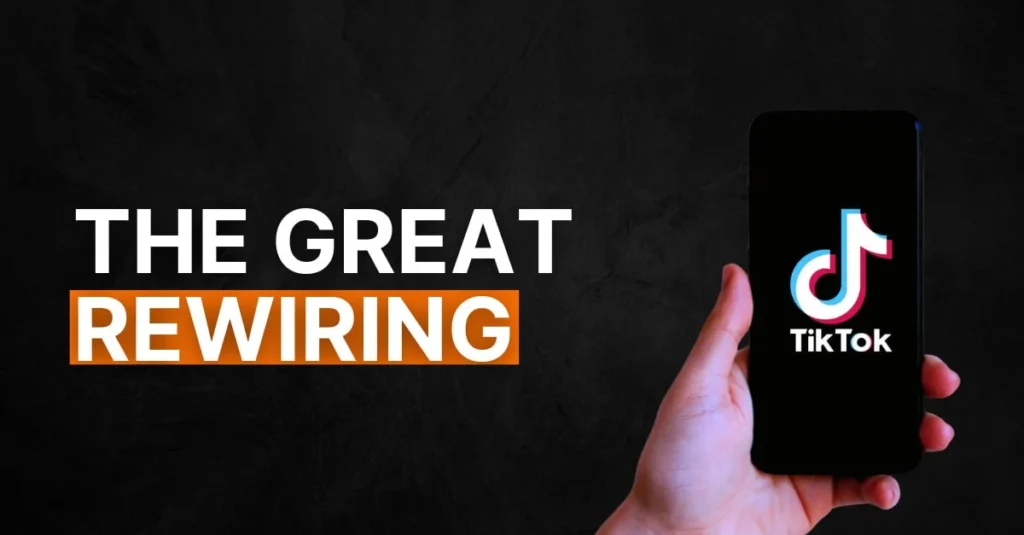The gold is sitting right beneath your nose
While you’re obsessing over user acquisition costs and market expansion, your existing players are quietly telling you exactly how to build a billion-dollar competitive moat—but you’re not listening.
The iGaming industry is drunk on growth metrics. Market projections of $618.69 billion by 2025, a 97% surge in app downloads, and 95.8 million projected users by 2029. These numbers make for great PowerPoint slides and investor calls, but they’re masking a fundamental truth.
The real goldmine isn’t in the next customer, it’s in the behavioural patterns of your current ones.
The Blind Spot: What Everyone Gets Wrong
Most executives are still playing the old playbook. Chase more players, enter more markets, pump more money into acquisition channels. The problem? Everyone’s doing exactly the same thing, which is why user acquisition costs are skyrocketing and operators are bleeding money trying to outbid each other for the same pool of players.
Traditional segmentation misses the deeper insights. We’re still bucketing players by age, geography, and spend levels when behavioural micro-patterns often matter more. Your 45-year-old executive from London and your 25-year-old student from Manchester might have completely different demographic profiles but identical behavioural triggers. Miss this, and you’re essentially throwing darts blindfolded.
The industry’s obsession with mobile-first illustrates this perfectly. Everyone knows mobile accounts for over 70% of play in slots and table games. But knowing mobile matters and understanding what mobile behaviour actually reveals are two completely different things. Mobile dominance isn’t just about having an app. It signals fundamentally different engagement patterns, attention spans, and decision-making triggers that most operators barely explore.
What the Data Actually Reveals
Here’s what the data suggests, if we bother to look deeper.
The rise of crash games is likely not just about shrinking attention spans. It’s also about player agency and control. These games have exploded in popularity because they give players the illusion of skill in a luck-based environment. Understanding this psychological driver represents a behavioural insight worth exploring across your entire game portfolio.
Payment method choices offer potential behavioural insights. The research shows bank transfers increased from 27.1% to 40.0% of deposits, while e-wallets dropped from 23.8% to 13.2%. This shift might reveal changing attitudes about risk tolerance, tech adoption, and trust levels. The friction involved in bank transfers could indicate higher commitment levels, though this requires validation with your specific player base.
Mobile behavioural patterns suggest deeper complexity than platform preference alone. Different games perform differently by device, potentially reflecting different psychological states. Mobile usage might correlate with more emotional, impulsive betting decisions, while desktop usage could indicate more analytical, research-driven behaviour. Understanding these cross-device patterns could reveal hidden player journeys that most operators never map.
The demand for personalisation is clear from the research, with players increasingly expecting tailored experiences. The challenge is moving beyond basic demographic personalisation to behavioural personalisation. Understanding not just who your players are, but how they actually behave when making betting decisions.
Why This Could Trump Traditional Metrics
Understanding behavioural triggers suggests the possibility of predicting churn before it happens. Traditional metrics tell you what happened. Behavioural insights might tell you what’s about to happen. The value lies in identifying leading indicators rather than lagging ones.
The competitive advantage potential is significant. Competitors can copy your games, your bonuses, even your marketing campaigns. They can’t easily copy behavioural insights derived from your specific player base. This could create genuine differentiation in a commoditised industry.
The network effect theory holds promise: better behavioural understanding leads to better products, which attract more engaged players, which generates more behavioural data. It’s potentially a compounding advantage that strengthens over time.
The Executive Action Plan: 4 Behavioural Priorities
- Behavioral Audit: Map actual player journeys, not assumed ones. Track cross-device behaviour, session patterns, and decision triggers. Most operators know their conversion funnels but lack insight into their behavioural funnels.
- Micro-Segmentation: Experiment with segments based on behaviour patterns rather than just demographics. Test cohorts built around play patterns and decision triggers. This requires analytical investment but could deliver measurable improvements.
- Predictive Analysis: Develop systems that identify behavioural signals indicating potential churn. Early intervention windows could prove more effective than reactive retention efforts.
- Behavioural Product Development: Let player behaviour insights inform feature development decisions rather than simply copying competitors. If your data suggests players respond to certain psychological triggers, build around those insights.
The Bottom Line
Stop chasing the next shiny market. Start listening to the players you already have. Your competitive advantage isn’t in your next acquisition. It’s in your next insight.



